Industrial Design Over 50 Years
For half a century, industrial design has been a secret marketing weapon that only few knew how to use through power of persuasion with intelligence and financial reward. Designers have brought vision to everyday items like hair dryers from the 1970s to new toasters, which have a retro feel, yet include current technology to achieve higher performance. Today, industrial designers are an integral part of the business unit and are responsible for studying user behaviors, technologies, materials, user interfaces and other influences that drive innovation.
In the mid 1950s, Raymond Loewy used his charismatic and persuasive approach to bring design, business and manufacturing together. Loewy himself once said; “The Coke bottle is a masterpiece of scientific, functional planning. In simpler terms, I would describe the bottle as well thought out, logical, sparing of material and pleasant to look at.” Loewy who was later proclaimed “The father of Industrial Design,” along with Henry Dreyfuss, Walter Dorwin Teague and Brooks Stevens, contributed to the profession, shaping it into what it is today. Now, industrial designers travel the world to connect with different people and cultures to understand how to translate new ideas into strategic designs that connect users with products for a meaningful experience.
1950s: Before the profession of industrial design existed, designers worked under mechanical engineers to add decorative details that covered functional parts making them more pleasing and less threatening to end users. They were considered draftsman, and would be found sketching at a desk with a paper and pencil or in a model shop sculpting wood and clay. Unless you had the charisma to sell design like Raymond Loewy, industrial designers were less involved in the decision-making process and were viewed more as stylists and artist.
As the war efforts came to an end and the GI’s were returning home, manufacturers started to convert their production lines over to consumer products like refrigerators, stoves and other home appliances. Manufacturers realized they would have less resistance to putting machines into the home if they changed the designs to make them look more appealing to women. The later part of the century was also greatly influenced by the space age, like the rocket wings designed onto the 1959 Cadillac.
1960s: With the advancement of plastics and other manufacturing processes, new ideas were sprouting up and companies were seeking to mass-produce products that would be competitively priced and sold to more consumers. New materials enabled industrial designers to create forms that were less restricted by the older manufacturing processes. This also opened doors for new aesthetic designs that further accelerated the MOD design movement with contemporary fashion that included bold patterns and bright colors.
1970s: As the “Space Race” began to slow down, its influence and technologies were starting to find new ways into other mainstream products that could be marketed to small business and consumers. Business markets continued to grow and were being greatly influenced by the changes in our culture combined with the miniaturization of electronics. These changes allowed industrial designers to experiment more with form and create exciting shapes that marked a new design revolution – Mid-Century Modern Design.
Industrial designers could now express their vision and work with engineering to develop solutions that could be mass-produced and sold by the millions. Designers in the 1970s continued to push the boundaries and the role of the industrial designer. Brands like IBM, Kodak and AT&T were the most progressive companies of the time and understood the value design could have on promoting and selling premium products.
1980s: As computers became more available, industrial designers began to slowly migrate over to Computer Aided Design (CAD) programs that were typically reserved for engineers. This migration allowed designers to capture their intent with greater accuracy, while enabling engineering and manufacturing to concurrently work on complex assemblies and further streamline the development process.
The K-Car by Chrysler is an example of the first automobile completely designed in CAD. While most industrial designers agree that this is not the most exciting design, it did move the bar forward and enabled them to become more instrumental in the development and planning process.
Also, during this time companies started to reduce their internal manufacturing capabilities and began sourcing manufacturing to the Far East and other locations outside the United States. This change caused industrial designers to have less direct contact with the factories, causing complacency within the industry due to a decreasing focus on innovation and greater focus on cost reductions.
1990s: During the 1990s, industrial design really started to be noticed by marketing departments who used designers to visualize their ideas with product features. The return of Steve Jobs to Apple was the spark that brought industrial design to the boardroom, and started the design revolution with the introduction of the new line of colorful iMacs. While many were skeptical, the home computer market was just getting started and business products needed to become more “user friendly,” and less intimidating. Industrial designers gained notoriety by creating this shift where design matters, and there are proven Key Performance Indicators (KPI) to back this up. As other companies began to understand how industrial design could be used to help to define their brand, they started looking for industrial designers to become integral parts of their new product development team.
2000s: The arrival of Internet search engines and advancements with computer processing speed enabled industrial designers to create more complex forms without software limitations. Products like the Wacom Cintiq introduced an interactive pen-based system enabling designers to draw with natural motion, allowing them to capture their designs electronically. This technology allowed designers to express their creativity with more flexibility, better execution and a higher level of output.
The expansion of the Internet also enabled designers to tap into different resources to research their needs on a global scale. The shift within design provided greater insights into human behaviors, wants and needs. Marketing managers recognized the value of industrial design and began including them as a core part of their development team.
2010s: In the second decade of the new millennium, technology continues to quickly advance and again designers are the early adopters of 3-D Printing. This new platform allows industrial designers to quickly realize their ideas by building, testing, and continuing to refine their designs before releasing to production. This new advancement is allowing industrial designers to test their ideas quickly and even change the paradigm of how products are manufactured.
While nearly everything has turned digital and products are incorporating touch-screen interfaces, systems are becoming more complex and industrial designers are taking the lead on defining not only the aesthetics, but the entire user experience. Industrial designers are naturally wired to observe, ask questions and solve problems surrounding both humans and machines.
Designers are now playing a much larger role in product development and are responsible for leading projects from inception through market launch. In the past few years, there has been a major shift from “product design” to “experience design.” Design doesn’t only fit into the “beautification of objects”, but the ability to create unique human experiences. Designers uncover what users want by observing user behaviors and putting themselves in the user’s shoes. Industrial design has broadened its focus and now includes design research, design strategy, user-centered design, service design, and sustainable design, as part of their landscape. The ability to start at the beginning from a design level and incorporate the facets of product development as a whole has a profound effect on how a product is brought to market.
Today, industrial designers are continuously challenging their boundaries and becoming an integral voice to lead product development. What has previously defined industrial design is growing irrelevant. Organizations have started to look to industrial designers to lead their product development process, drive major changes within their organizations and do this in an intelligent manner through a proven process. Industrial designers are ideal for leading these efforts and making a positive effect on the business’ future and profitability.
The founders of the Industrial Designers Society of America (IDSA) established the profession of Industrial Design in the 1950s and it has now become the driving factor for many successful companies. This past August, IDSA held its International Conference, “Future of the Future,” and celebrated 50 years of achievements of the design community, while ensuring its relevance into the 21st century and beyond. In the coming years, I believe that there will be an increased focus on the front-end of the design process. More design firms will shift their focus to “design thinking” with intelligent business strategies geared for today’s global market.
Beyond Design, Inc. ©2015

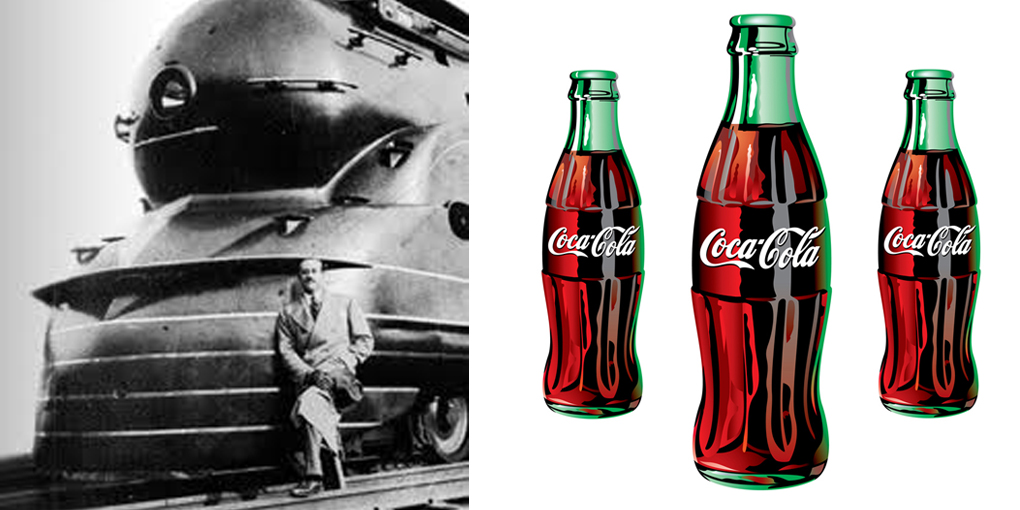
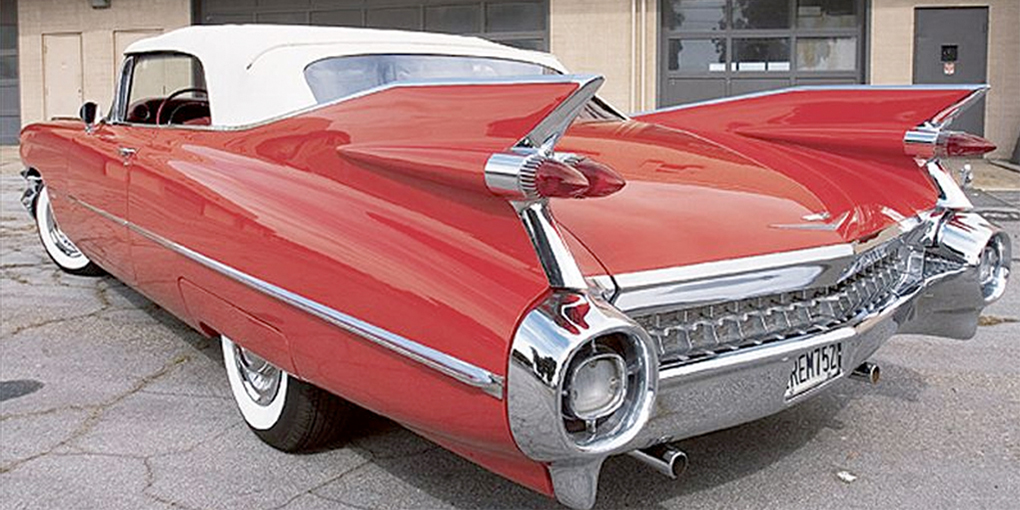
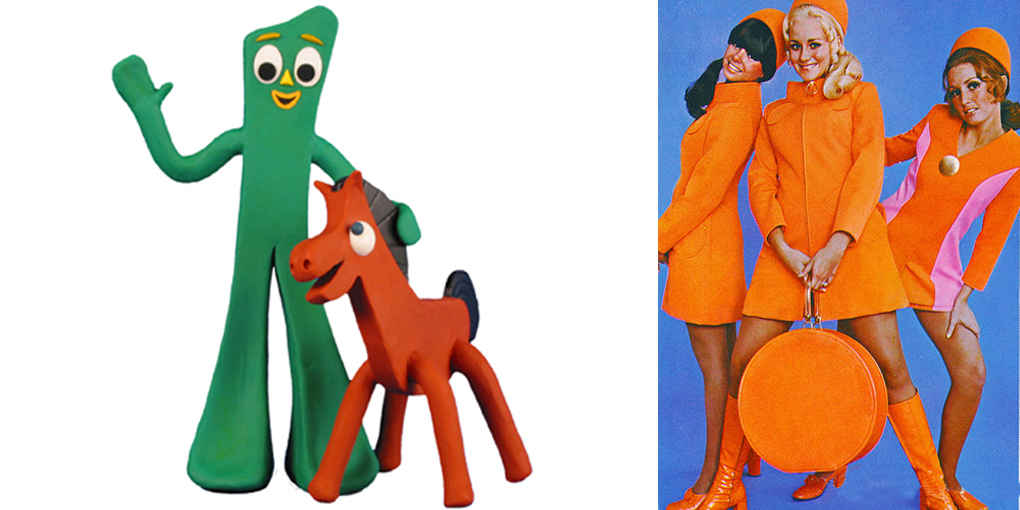
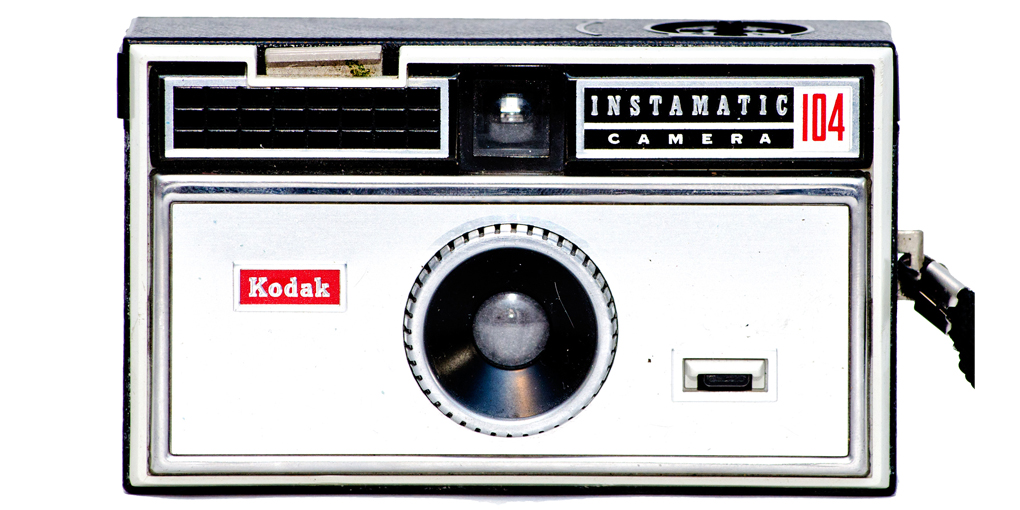
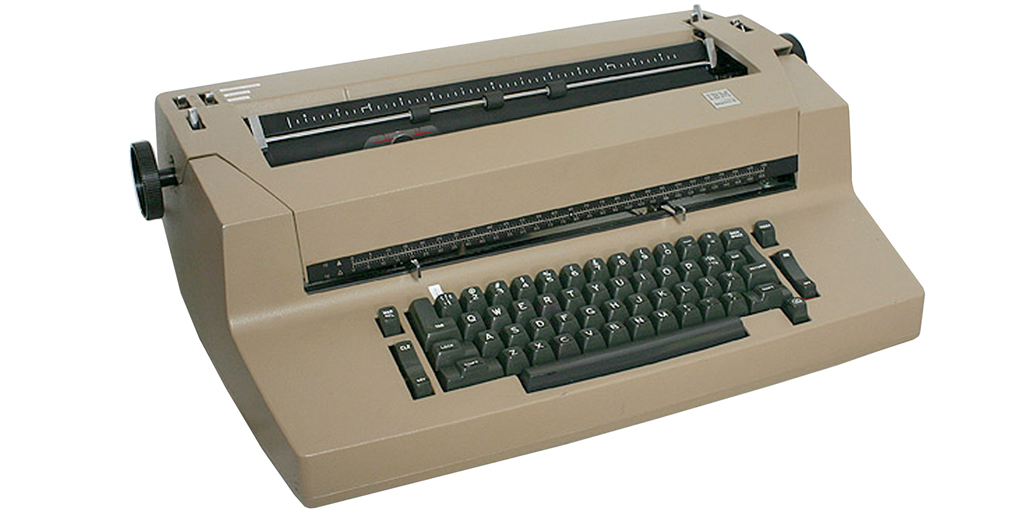


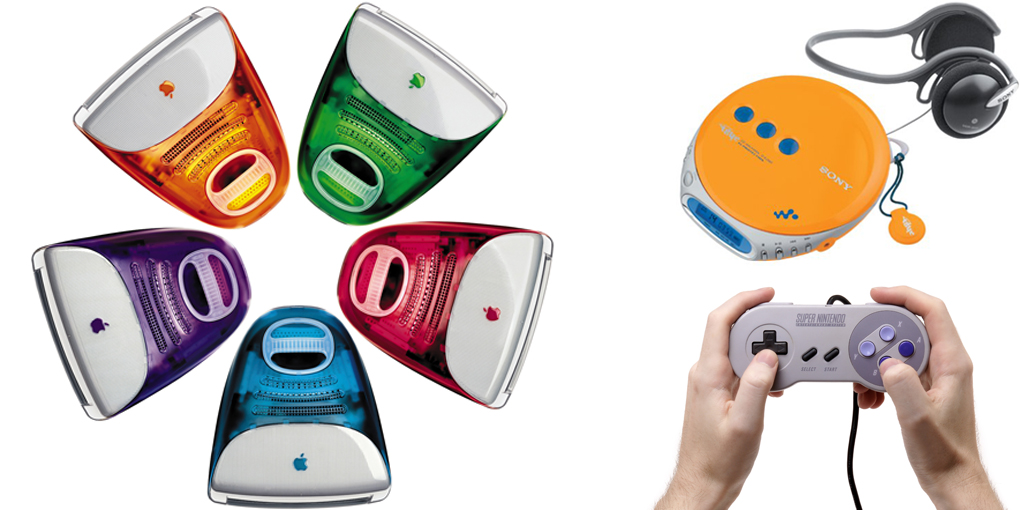
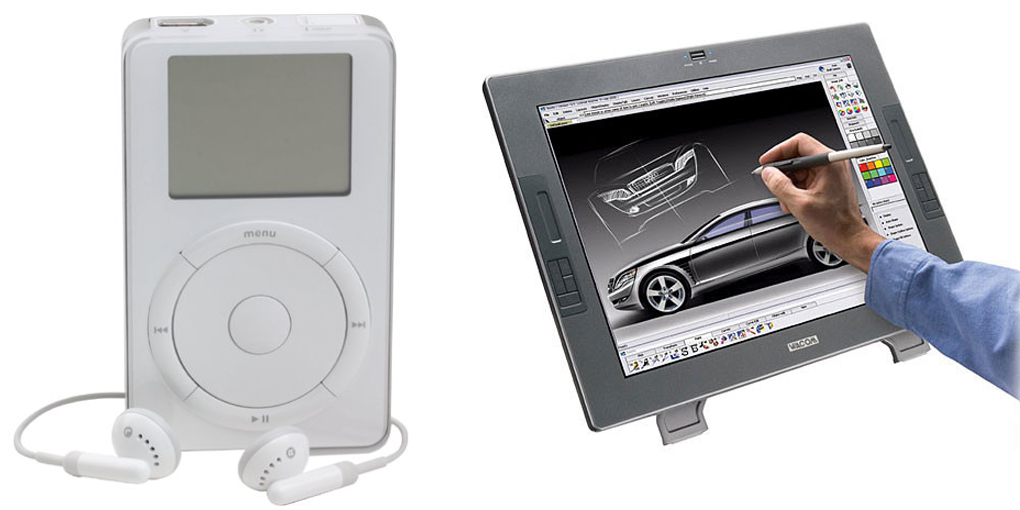
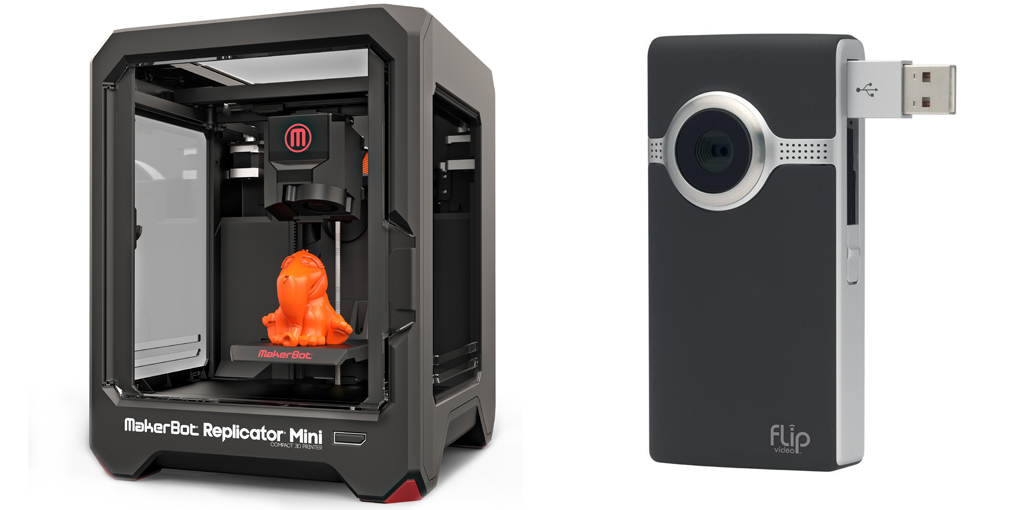
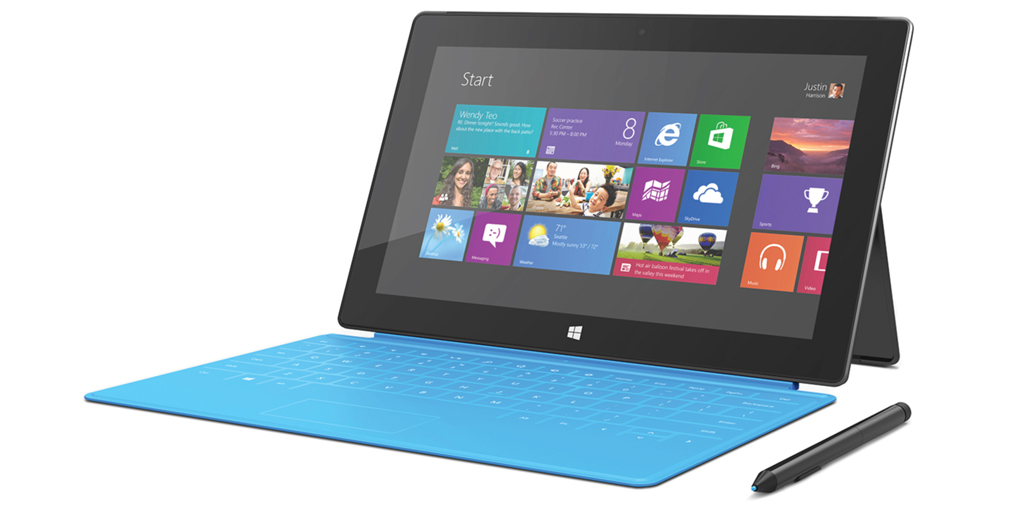
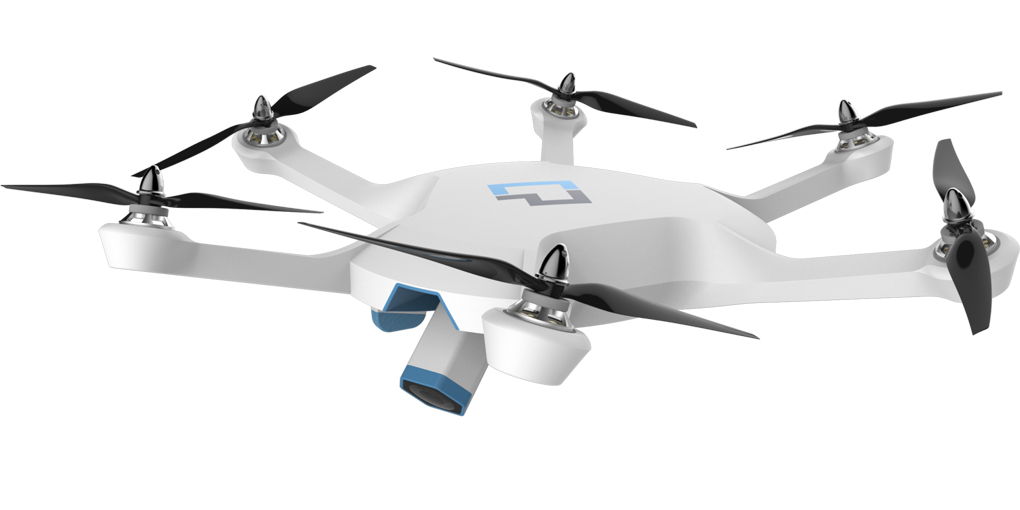
 Top
Top
